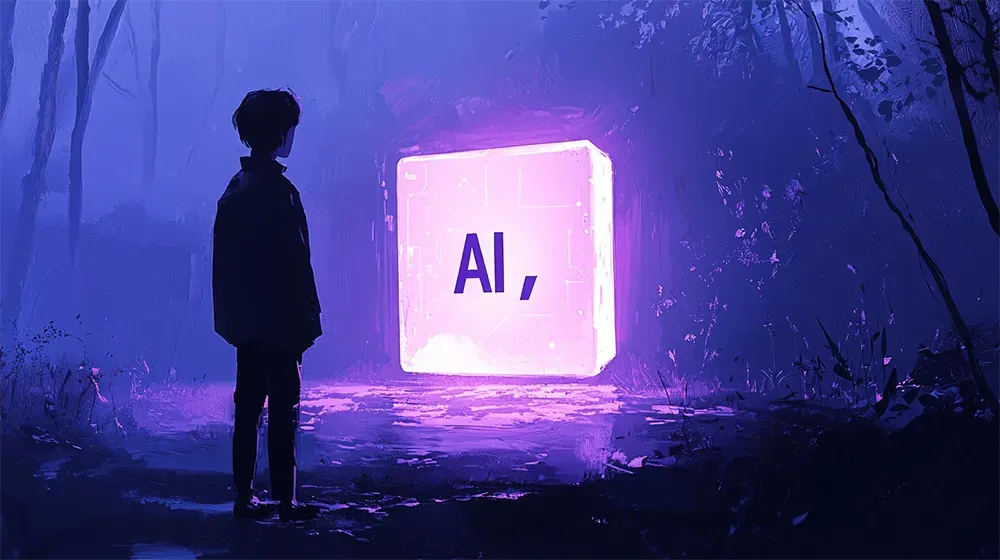The Silent Titan: China's Leap into Exascale Supremacy

China's latest technological marvel, the Tianhe-3 supercomputer, has catapulted the nation to the zenith of computational power, quietly eclipsing global counterparts with its staggering performance metrics.
Dubbed "Xingyi," this supercomputer, developed by the National University of Defense Technology, not only marks a continuation of China's prowess in supercomputing but sets a new benchmark with an estimated peak performance of over 2 exaflops. This feat is not just a number; it represents the Tianhe-3's capability to perform quintillions of calculations per second, a scale of computing power unrivaled on the global stage.
The intrigue surrounding Tianhe-3 extends to its processor, the Matrix-3000 (MT-3000), which embodies a hybrid architecture blending CPU and GPU capabilities with a sophisticated memory system.
This design mirrors the cutting-edge trends in supercomputing, pushing the boundaries of what's achievable within the realms of high-performance computing (HPC), artificial intelligence (AI) training, and big data analytics.
The Tianhe-3's architecture, suggesting a possible departure from traditional chip designs to a chiplet-based approach, raises intriguing questions about the advancements in semiconductor technologies and China's strategic maneuvering within this space.
As software developers grapple with the complexity introduced by such advanced systems, the development of a bespoke programming model for the Matrix-3000 underscores the challenges and innovations driving the future of exascale computing. This effort to streamline the utilization of Tianhe-3's capabilities hints at the broader implications for scientific research, AI development, and data-intensive applications, promising to unlock new horizons across various fields.
In the shadow of this colossal achievement, one must ponder: How does this leap towards exascale computing by China influence the global discourse on technology, power, and the future of computation? As we stand at the precipice of a new era in supercomputing, the Tianhe-3 not only redefines the limits of technological progress but also invites a reflection on the collaborative and competitive dynamics shaping our digital future.
Read the full story on TechRadar.
----
💡 We're entering a world where intelligence is synthetic, reality is augmented, and the rules are being rewritten in front of our eyes.
Staying up-to-date in a fast-changing world is vital. That is why I have launched Futurwise; a personalized AI platform that transforms information chaos into strategic clarity. With one click, users can bookmark and summarize any article, report, or video in seconds, tailored to their tone, interests, and language. Visit Futurwise.com to get started for free!






